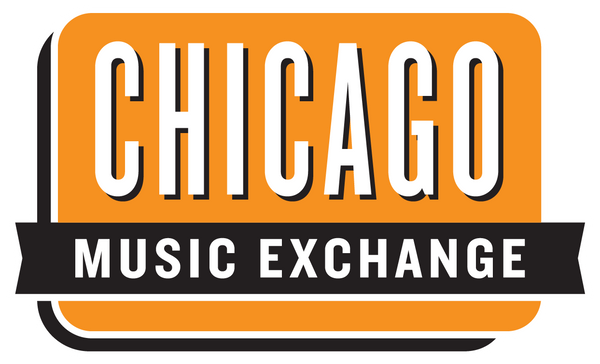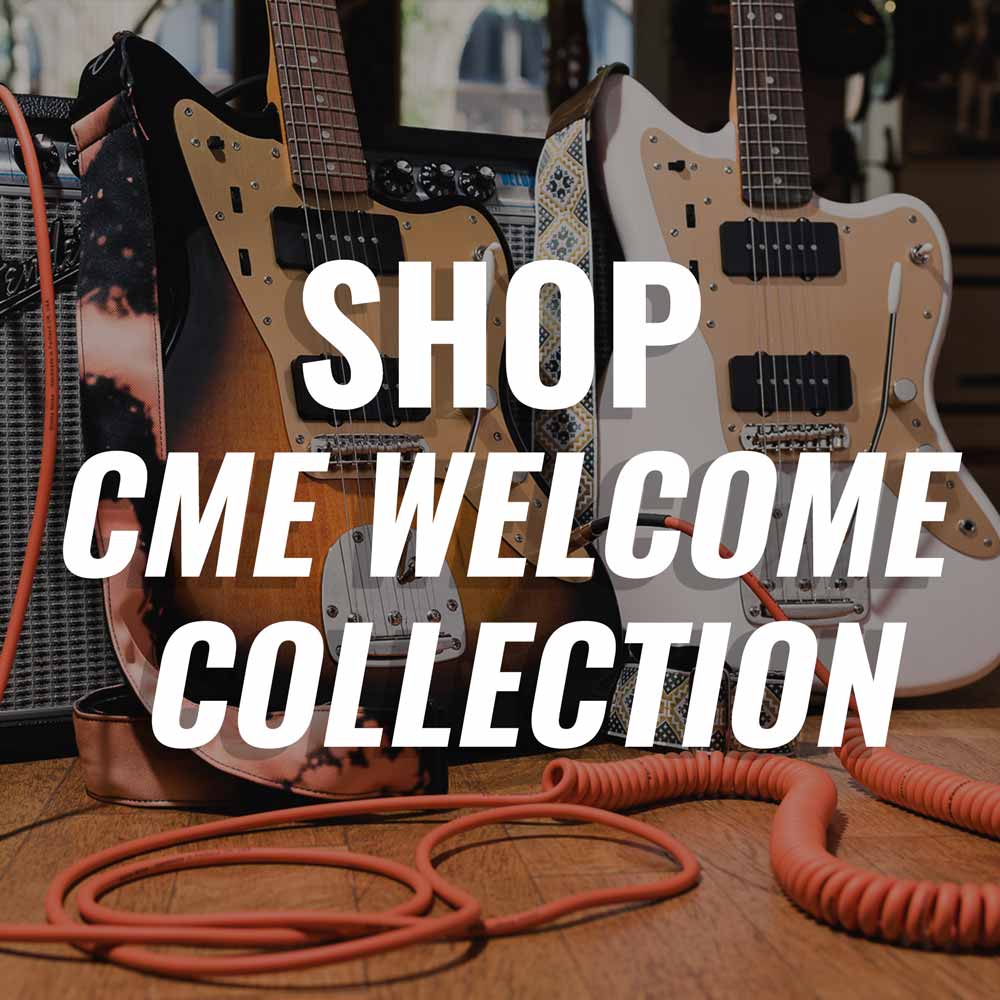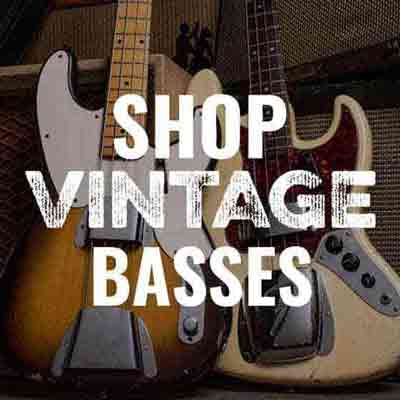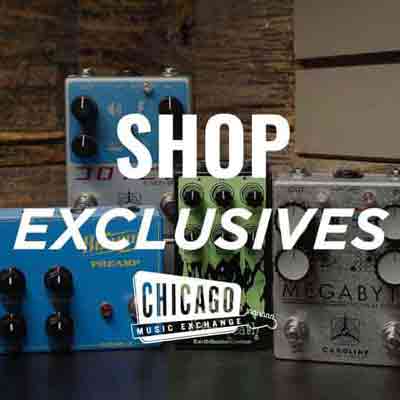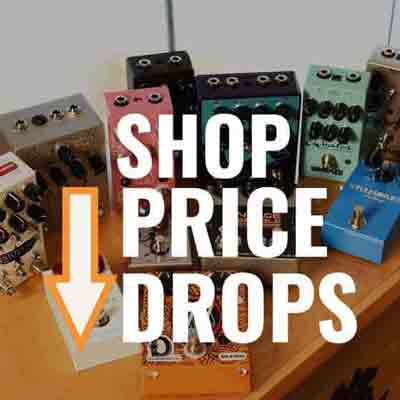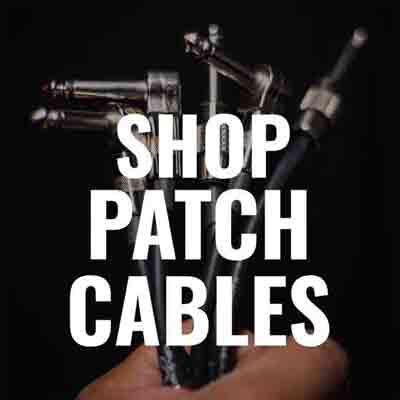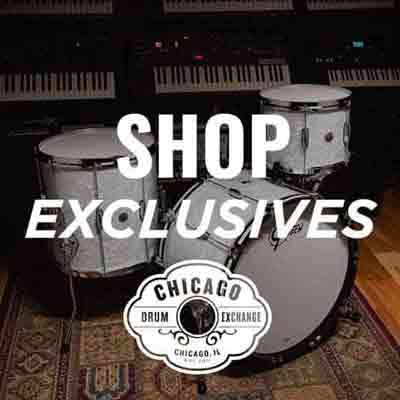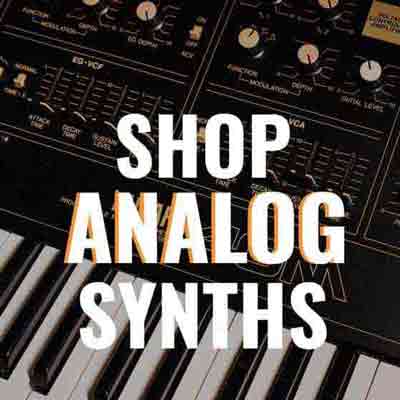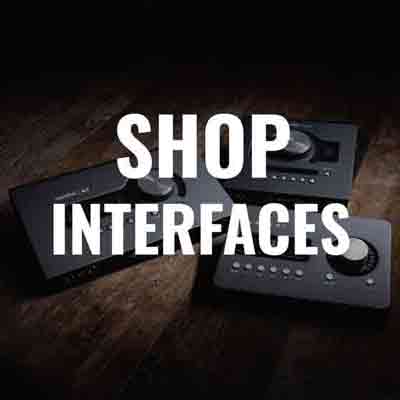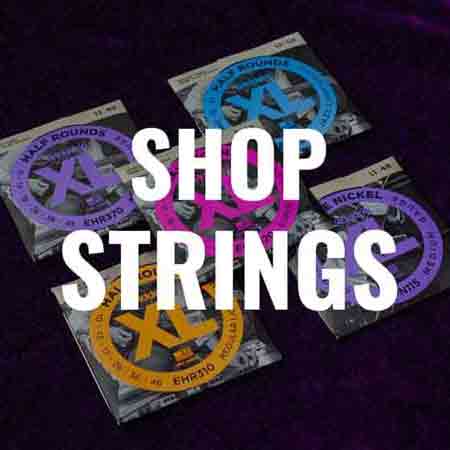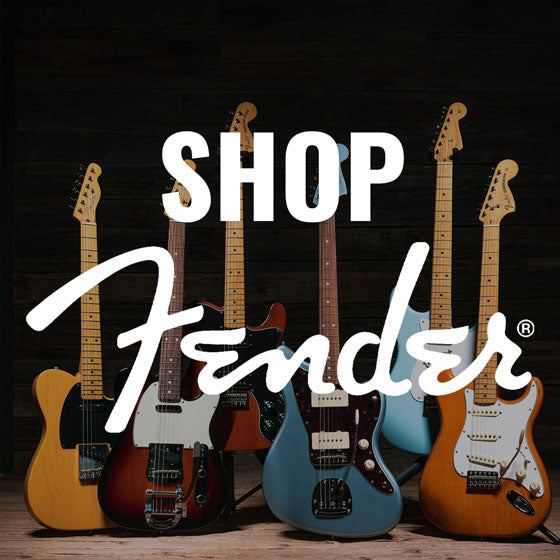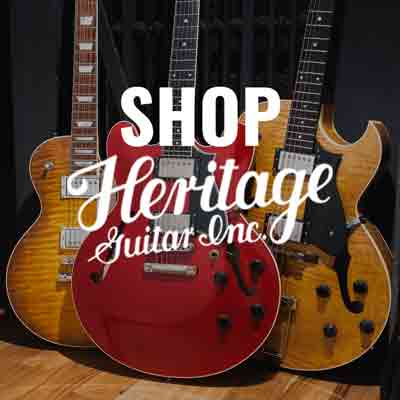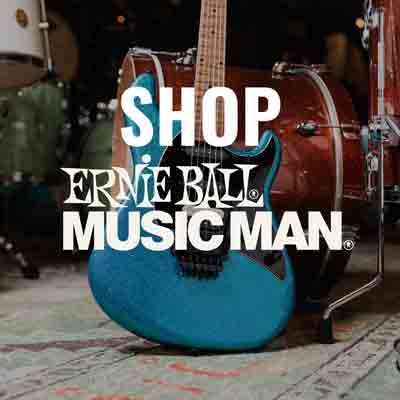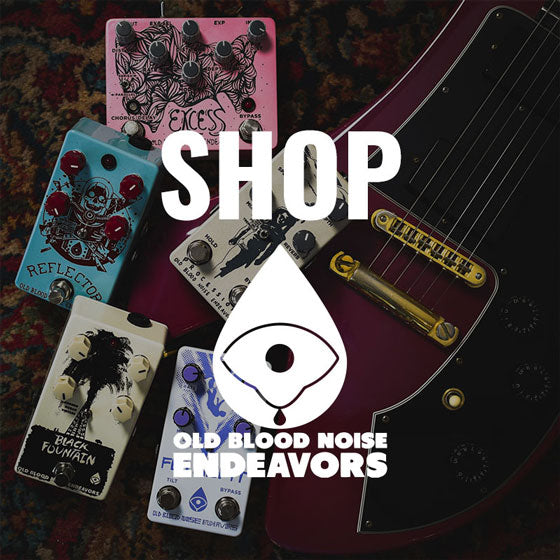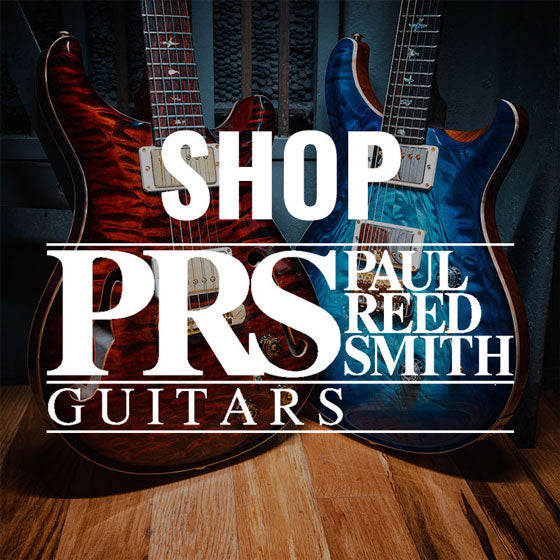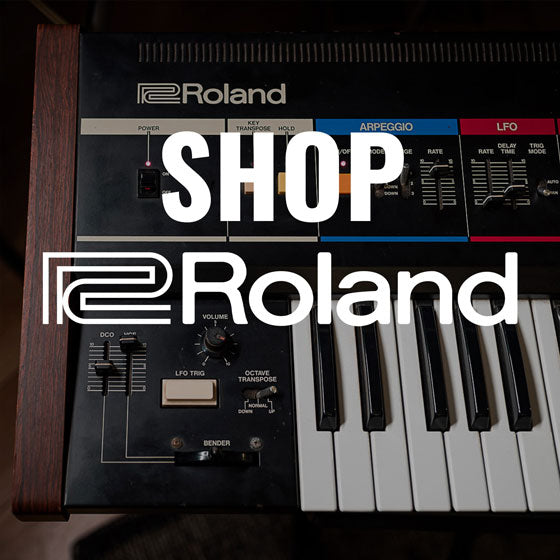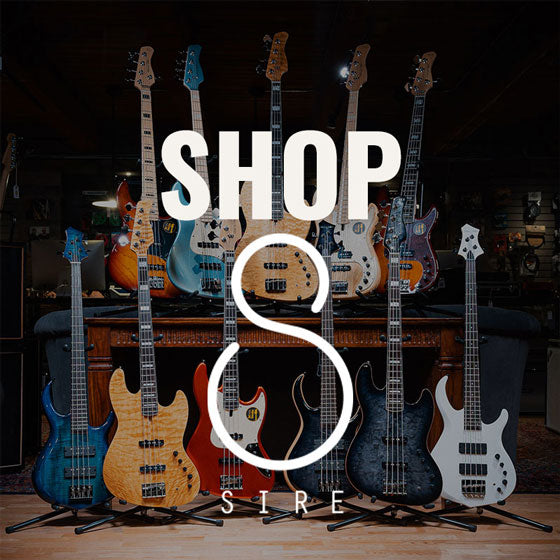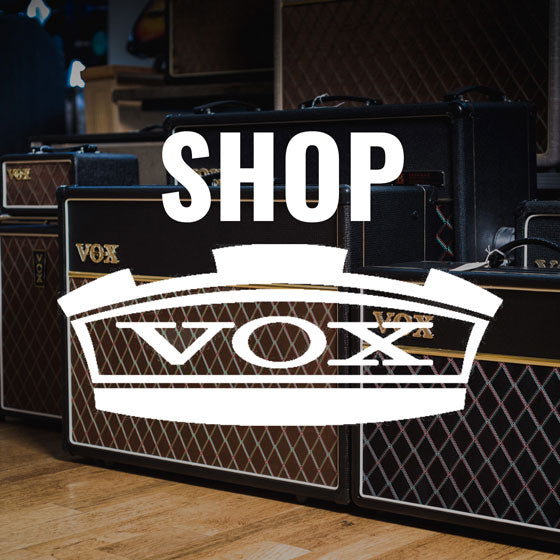THE EVOLUTION OF THE GRETSCH SOUND
The story of Gretsch spans more than 100 years—135 years to be exact. The family-owned company has been through many ups and downs throughout its history, but one thing remains—a dedication to making unique, well-made instruments for players of all kinds.
THE EARLY YEARS
Gretsch's musical instrument production began in 1883 when Friedrich Gretsch, a German immigrant, started manufacturing banjos, tambourines, and drums in a humble shop in Brooklyn. The company took off almost immediately given the popularity of the banjo at the time.
12 years later Friedrich passed away and his 15-year old son, Fred, took over the family business. By 1916, Fred Gretsch had moved the company into a 10-story building in the heart of Brooklyn and by 1920 Gretsch's manufacturing facility had grown to become the world's largest musical instrument factory.

Dixie Special banjo

The 1949 Gretsch Jumbo Synchromatic 125
In keeping true to Gretsch's roots—the modern-day Dixie Special banjo borrows many design appointments from their earliest instruments.
The banjo still reigned supreme as "Dixieland" music remained popular well into the big-band era. When the archtop guitar began to gain momentum as a blues and jazz instrument, Gretsch responded with the Synchromatic line of guitars.
The 1949 Gretsch Jumbo Synchromatic 125 was one of Gretsch's early flat-top acoustics and the precursor to the 6021 Town & Country model.
THE GOLDEN YEARS
Gretsch's first cutaway body styles appeared in 1951 and included the Electromatic and Electro II models. In 1953, the now famed Duo Jet went into production—kickstarting the entire Jet line of solid-body guitars.
The new Gretsch G6128-T59 Vintage Select was inspired by the pivotal and prolific years of Gretsch's Golden Age.
Prior to the mid-1950s, Gretsch had only dabbled in making electric guitars. They produced limited runs of lapsteel and archtop guitars but the true Golden Age of Gretsch guitars wouldn't really begin until 1954—when the company struck a deal with guitarist Chet Atkins to develop a signature model for the country virtuoso.


This 1956 Gretsch 6120 Chet Atkins is a prime example of mid-50s Gretsch appointments, right down to the branded "G" Logo and horseshoe headstock inlay.
Between the late '50s and mid '60s, Gretsch would go on to release such iconic models as the White Falcon, Chet Atkins Country Gentleman and the futuristic Bo Diddley Jupiter Thunderbird.
The 1968 Gretsch 6136 White Falcon is a quintessential '60s flagship model that remains a highly sought after instrument to this day.
"Beatlemania" helped push the Gretsch name into household recognition with George Harrison's use of a Chet Atkins Country Gentleman on the band's famous "Ed Sullivan Show" performance in 1964.

THE BALDWIN YEARS
By the late '60s, the popularity of Grestch guitars began to fade. With so many guitar heroes of the time making their move to the Stratocaster and Les Paul, most kids of the time went with them—wanting to emulate the rock 'n' roll styles of Eric Clapton and Jimi Hendrix.
In 1967, Fred Gretsch Jr. retired and sold the company to Baldwin Music. Under new ownership, production of Gretsch drums & guitars was moved to Booneville, Arkansas in 1970. This ill-fated move would lead to many veteran employees refusing to relocate—in turn a newer, less-skilled workforce was employed—as well as two disastrous fires which left the Arkansas plant in shambles.

This 1978 Gretsch 7681 Atkins Super Axe is a perfect example of one of the more notable models to come out of the Baldwin Era of Gretsch Guitars.
This series of unfortunate events would go on to lead Chet Atkins to withdraw his endorsement of the company in 1979 and the eventual shutdown of Gretsch's guitar production in the early '80s.
THE RETURN OF GRETSCH
Enter the mid '80s—Fred W. Gretsch, great-grandson of Friedrich Gretsch, buys back the company. More accurately, he buys back the Gretsch name. With no factory or inventory at his disposal, Fred was starting from scratch.
A new beginning came from the collaboration of Gretsch and George Harrison to produce a unique Traveling Wilburys collector's guitar. These are now highly collectible pieces that are sought after by Gretsch collectors worldwide.

The simple electronics and short scale of the TW-100 Traveling Wilburys Guitar was highly uncharacteristic for Gretsch but this unique model helped get the company back on track in the late '80s.
With the capital gained from the success of the Wilbury guitar, Gretsch was able to begin large scale production again.
Once again a family-owned company, Gretsch began to produce a wide-range of instruments based on their classic models. New production was based in Japan allowing the company to churn out affordable guitars with the look and feel of its "Golden Era" instruments.
In 1993, Gretsch once again gained a high-profile endorsement and began production of the Brian Setzer signature guitar.

The wide range of Gretsch Brian Setzer Guitars guitars put the company back on the map and led to continued success in the '90s.
In 1998, Gretsch introduced a new line of budget-priced, Korean-made guitars under the "Historic," "Electromatic" and "Sychromatic" monikers.
Gretsch began yet another era in the fall of 2002 when Fender secured an agreement that gave them control over manufacturing and distrubition of Gretsch guitars. FMIC wasted no time addressing longstanding complaints from Gretsch fans and went on to introduce a full range of new and improved models.
The company was once again gaining popularity and began innovating many of their classic models like the newly designed Bo Diddley signature "Billy-Bo" Jupiter Thunderbird with the help of ZZ Top's Billy Gibbons. In 2007, Chet Atkins once again lent his name to the extensive line of Gretsch electric guitars.
GRETSCH TODAY
Celebrating their 134th year as a company, today's Gretsch guitar lineup is more extensive than ever—he latest additions being the Streamliner, Players Edition, Vintage Select and all- new Electromatic Series.
Classic Gretsch hollowbody tone with the comfort and versatility pro players need. The new Players Edition collection features semi-hollow and full hollowbody models that offer a sound that is the perfect balance of power and focus.


These stage-worthy guitars come with an entry-level price that is appealing to players of all levels. Get true Filter'Tron tone and classic Gretsch body styling without breaking the bank.
Explore the "Big Body" sound of Gretsch at a price that can't be beat. Built for versatile tones and spectacular style, these guitars scream with modern features and vintage Gretsch stylings from the '40s, '50 and '60s
Inspired by the pivotal and prolific years of Gretsch’s 1950s and early ’60s golden age, Vintage Select Edition guitars are designed for the player who appreciates the finest in musical instrument heritage.
We've merely scratched the surface of Gretsch Guitars—the company continues to innovate and expand their incredible catalog of musical instruments.

Related Posts
Marshall Amplifiers | 2025 Gear Arrivals
Marshall Amplifiers has defined Rock and Roll sound for decades, and the 2025 lineup takes this legacy to new heights with powerful amplifiers and pedals. Featuring iconic models like the 1959 Modified 100w Amp Head, JCM800 Modified 100w Amp Head, and Studio 900 series, these releases offer unmatched tonal versatility and performance. Whether you're recording, performing, or creating your signature sound, Marshall's 2025 gear blends vintage tones with modern enhancements for clarity and power. Discover the latest Marshall innovation, including the JVM, JCM900, and DSL Pedals, available for order at Chicago Music Exchange now!
View DetailsMartin Guitar | 2025 Acoustic Arrivals
Martin Guitar's iconic Standard Series gets a stunning refresh for 2025, combining vintage-inspired design with modern advancements. New models like the 000-17, D-17, and OM-45 showcase remarkable craftsmanship, tonal clarity, and elegant aesthetics. Updates like Golden Era Sitka spruce bracing, a GE Modified Low Oval Neck, and enhanced comfort features redefine playability while preserving Martin's timeless legacy. Explore the 2025 Martin Standard Series at Chicago Music Exchange and experience the evolution of acoustic excellence.
View DetailsMesa/Boogie | Mark IIC+ Amplifiers
A Legend Returns! Mesa/Boogie’s Mark IIC+ Amplifiers are back and better than ever. Whether you’re after the iconic Head or the portable 1x12 Combo, these amps deliver the vintage Boogie tone that shaped rock history. Shop now at Chicago Music Exchange and own a piece of guitar legend!
View Details